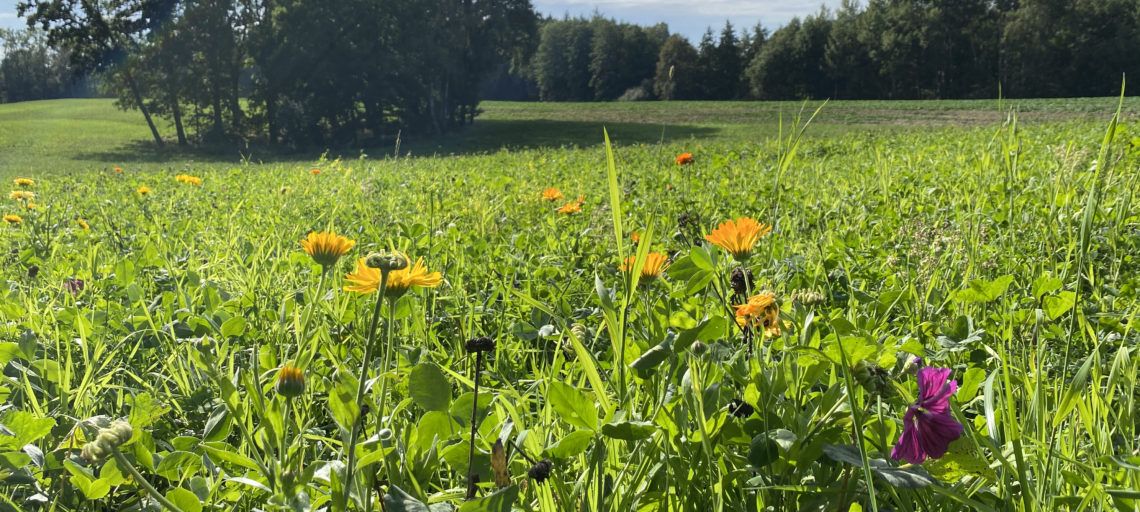
- 25 lipca 2022
- Aktualności
Mini Forests: From Conceptual Art to a Sustainable Future – Nina Backman
Living in the city, we often forget that nature is all around us. Cities have become so built up that they cannot provide us with everything we need on a daily basis. This is where the concept of urban forests comes in handy. Urban forests are areas within cities which contain a mixture of trees and other plant species. Not only do these areas help to filter the air and remove carbon dioxide from the atmosphere but they also give us a sense of calmness and serenity as well as an opportunity to get closer to nature. Some may argue that not enough has been done to preserve these forests; however, there are several things you can do to make them more sustainable in the future.
Be mindful of you surroundings
Before planting trees in your urban forest, make sure to observe the surroundings. Perhaps it is time to renovate your garden, or perhaps you want to plant trees in your backyard. Whatever the situation may be, it is important to be mindful of your surroundings. There are numerous ways to observe your surroundings in order to make better decisions. For example, you can observe the amount of sunlight that reaches the area and the amount of shade that it creates. Another way to observe surroundings is to observe nearby flora and fauna. What neighbourhood plants are nearby your urban forest? Is there any wildlife in the area? How can you incorporate these nearby flora and fauna into your urban forest?
Plant indigenous species
When it comes to planting trees in cities, the best option is to plant indigenous species. Native trees and shrubs are those that have been widely distributed in the area. This means that they have been in the region for a long time. That way, indigenous species are likely to thrive in the same environment that they are used to. Native trees and shrubs are also likely to be more resilient to climate change. So when planting urban forests, make sure to go for indigenous species. When planting indigenous species, it is important to consider several things. First, you need to consider the climate and the region. Next, you need to consider the soil conditions and the existing flora and fauna of your region. Once you have these factors in mind, you can begin planting.
Create your own private forest
If you are looking to create an urban forest on a larger scale, you can plant your own private forest. This involves planting indigenous species and creating a forest of your own. You can do this on both private property as well as public property. That way, you can create your own forest in the backyard, on the roof of your house, or in a park. The only limitation here is your imagination.
Install passive ventilation systems
If you are looking to plant a large forest, then it is best to install passive ventilation systems. These systems are designed to remove carbon dioxide from the air as well as filter it. This way, you can create a more sustainable forest. What you can do here is to install ventilation systems in the roof of your house. This way, you can create a forest in the attic. That way, you can filter the air and prevent carbon dioxide from being released back into the atmosphere.
Keep your forest clean and well-maintained
The best way to keep your forest clean and well-maintained is to have regular tree maintenance done by professionals. This is a costly affair but it is worth it in the long run. You can also do it yourself; however, you will have to be very careful in order to prevent damage to your paving, gutters, and landscaping.
Mini Forest in Inku by Nina Backman
During the Design Plus 2022 Finnish artist Nina Backman together with group of people from Szczecin created mini forest close to building of INKU.
It is part of her project A Million Trees to Finland, within the Silence Project. The Miniforest installation is a unique work of art that helps preserve biodiversity: it acts as a bridge for animals and the surrounding green infrastructure, supporting the preservation of the area’s unique biodiversity. The trees and plants are selected locally to suit the specific climate. The Miniforest is able to combine nature-based intervention with artistic practice, fostering community awareness on climate issues and public participation with residents and local stakeholders. Backman sees the planting of trees as both contemporary art practice and a collective action to combat the climate crisis, thus uniting contemporary art-making with climate activism. The mini-forest is intended to provide a community space and will offer everyday opportunities to socialize and meet, to seat, to talk and to enjoy nature. It could also host small community events.
The first Miniforest was designed and created by Nina Backman together with Porvoo Artfactory in Finland in July 2021. Another Miniforest was created later in Art Town Mänttä-Vilppula as a unique living piece of art, bringing both greenery and silence to the surrounding area.
Conclusion
Urban forests are beneficial in many ways. They filter the air, they provide a place of serenity, and they are a great way to get a sense of nature. When creating your own forest, it is best to go for indigenous species. This way, your forest is likely to be more sustainable in the future. Additionally, you can install passive ventilation systems in the roof of your house to keep your home more sustainable. This is an important step to take in order to make your urban forest more sustainable. We hope you have enjoyed our guide to urban forests. We hope that you have learned a lot from this guide and are now more aware of the importance of forest preservation. Make sure to share this guide with other individuals who may find it useful.
